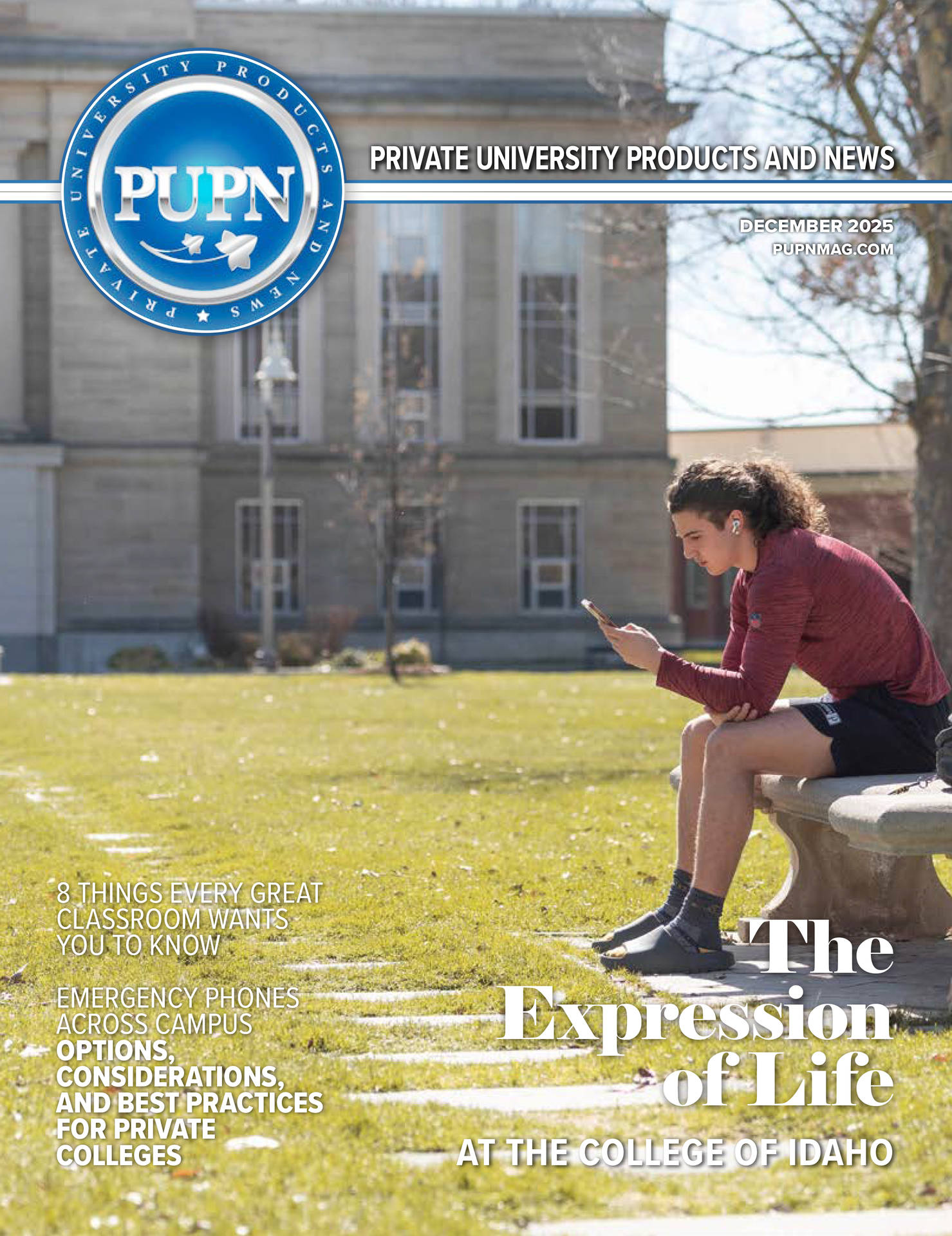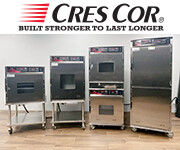Although many sports are played on a grass surface, synthetic turf fields offer several benefits, including durability, consistency, weather resistance, lower maintenance costs, increased playing time, and versatility. Here’s the breakdown.
Turf Benefits
Turf fields are designed to withstand heavy use and harsh weather conditions better than natural grass. This durability allows far more frequent use, which is crucial for collegiate sports programs that often have multiple teams practicing and competing on the same field. Unlike natural grass fields, turf fields also provide a consistent playing surface throughout the season. This consistency is important for athletes, as it reduces the risk of injuries caused by uneven terrain or poor field conditions.
Anyone who has played on a grass field knows how miserable it can be during wet conditions. After heavy rainfall or snow melt, if a field doesn’t drain properly, mud and water are prevalent. In addition to creating a mess, athletes who play on a field in this condition are at risk for injuries. Turf fields, on the other hand, offer weather resistance. That’s because turf fields drain water significantly more efficiently than natural grass, which also reduces the likelihood of cancellations or game delays due to inclement weather. This allows collegiate sports programs to maintain their schedules and minimize disruptions to practices and games.
While the initial cost of installing a synthetic turf field is higher than natural grass, the short-term and long-term maintenance care is much lower. Turf fields require no mowing, fertilization, or water beyond what is needed for cleaning. This saves colleges both time and money in the upkeep of their athletic facilities.
Synthetic turf fields can also be used more frequently than natural grass fields, allowing collegiate sports programs to maximize their playing time and schedule more practices and games. This is especially beneficial for programs with limited access to practice facilities or multiple teams and organizations competing for field space. The fields can easily accommodate a variety of sports, including football, soccer, lacrosse, baseball, softball, and field hockey, making them versatile assets for collegiate athletic departments. This versatility allows colleges to maximize the use of their athletic facilities and support a wide range of sports programs.
Selecting a Turf Supplier
When it comes time to select a synthetic turf field builder, how does a college or university know which is best? It’s advantageous to do your homework and to select a field builder like A-Turf®, a premier athletic field builder that has been constructing athletic fields for more than 20 years and has sales and installation capability throughout the United States. The company you select should boast a strong resume across diverse venues and exhibit expertise in every sport, along with the capacity to navigate all project stages seamlessly, from initial bidding to field design and construction.
Because the surfaces collegiate athletes perform on are paramount, colleges and universities should consider the following factors when determining the right company and turf material for their facility.
Materials and Specifications
Since athletes will spend many hours on the turf system selected, it should be safe. A-Turf doesn’t cut corners in synthetic turf system specifications, and all materials are made and sourced in the U.S. Both the design and the specified material components to build a system are guaranteed to perform extremely well under the constant rigors of play and heavy use.
Warranty
A solid brand will employ quality-driven start-to-finish components and service, resulting in unique durability and a warranty that guarantees a long playing life for the field.
Environmental Impact
Some field builders offer materials that are environmentally friendly and have a positive impact on the environment. Look for shock pads and rubber infill products made from shredded and cleaned scrap-tire rubber that is 100 percent post-consumer waste.
Professional Site Construction and Inspection
Select a company that can provide all the services you need. A sound base and drainage system are critical to the long-term performance and aesthetics of a field. That’s why an experienced athletic field site work contractor must build them to specification.
A-Turf for instance has specialty contractors that can perform excavation for new fields, remove and reclaim existing artificial playing surfaces, build perimeter containment and drainage systems, construct crushed stone bases, and do fine grading. A-Turf regularly acts as a general contractor and/or sub-contractor. Regardless of its role, you should choose a company whose construction and installation crews strictly follow the project’s specifications and scheduling demands.
Thorough Project Management
Project management is very important and commonly a challenge within the industry. Field building is a complex construction process with immense details. As questions arise during the construction phases, many decisions must be made. Multiple trades and suppliers have to be coordinated, and schedules must be carefully monitored and sometimes adjusted to accommodate unexpected circumstances. Good communication and detailed documentation are essential to a successful field-building project and customer satisfaction.
Professional and Legally Compliant Contract Administration
As with any complex construction project, there are complicated contracts, demanding specifications, exacting procedures, and processes that govern each project. Detailed administrative requirements and legal responsibilities throughout the project are key to the eventual project close-out. Colleges need a company able to navigate contract administration successfully, with a staff that is not over-extended by taking on more field projects than can be properly handled.
Responsive Post-Construction Services
You also want to partner with a field builder who will maintain an ongoing relationship with its clients long after the field project is completed. Questions and issues will arise for years to come. Warranty periods cover a long time, so you want to select a field builder with a history of longevity and responsiveness to the obligations of the warranty.
High Safety Rating
In the athletic field industry, impact testing measures the shock-attenuation performance of the playing surface through G-Max ratings. Be sure to ask the field builder for details about its G-Max ratings over the life of the warranty.
Selecting a Turf Material
When it comes time to select the right turf material for your collegiate playing surfaces, several more factors should also be taken into consideration. That’s why it’s paramount to partner with a field builder that you can trust, so they can provide you with expertise on what turf solution is best for your collegiate sport. Positive factors include a beautiful playing surface that simulates high-end natural grass, blended parallel-long slit film and monofilament polyethylene fibers, a diamond-shape design, innovative polymer formulation, exceptional tensile strength for maximum durability, and more.
When all factors are considered, colleges and universities looking to enhance their athletic facilities and support their sports programs are increasingly choosing synthetic turf fields over natural grass. By researching the materials, specifications, warranty, and environmental impact—as well as the professionalism of site construction, inspection services, efficient project management, post-construction services, and safety rating of the company they choose to work with—campuses reap the benefits of synthetic turf fields across all their sports programs for years to come.










